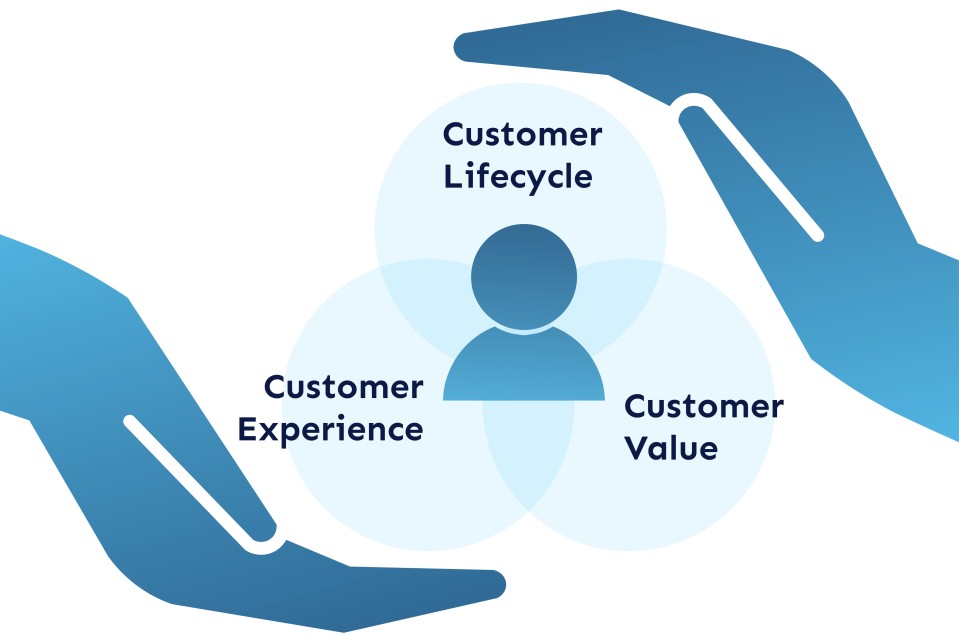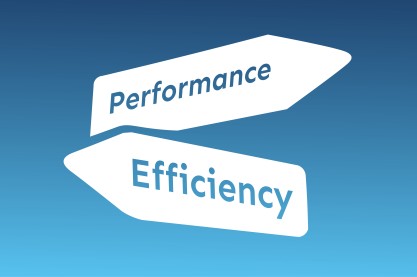Total Quality Manage...
18968 | 6 Apr 2023

In today's digital economy, value is often created by cultivating successful customer relationships. Companies need to break down structural silos and work cross-functionally by aligning customer needs and organizational design. This encourages companies to rethink their business models and think more interconnectedly. Today, companies can no longer maintain a customer base just by doing business properly. To gain a competitive advantage, the company must achieve an exemplary level of performance in all aspects of business and maintain that level indefinitely. This is achieved through careful alignment of operational systems, using innovative management initiatives processes, and establishing a business model aligned with customers' needs and wants.
A good organization listens to its customers and takes care of their needs in the best and fastest way possible. It is, therefore, necessary to develop practices and processes that ensure an accurate understanding of customer needs and enable a rapid response to those requests. Suppose the organization is not uniquely trained in dealing with its customers to understand its own strengths and weaknesses. In that case, it will not be able to understand what it takes to move from the organization's current working paradigm to a level that matches its ability to attract and serve customers.
In today's highly competitive marketplace, getting customers ahead of the competition requires more than a dominant, focused product or company business model. Customers demand that companies provide them with a memorable experience in return for their loyalty. Being customer-centric means having the ability to respond better and faster to customer needs. Organizations need to realize that they can only compete if they meet customer needs and if customers are enthusiastic about the products or services. However, in order to establish a "customer-centric" business model, it is not enough to simply meet customer needs; companies must also focus on exceeding customer expectations.
Today's customers expect above-average quality and excellent service, which they want to receive quickly.
A "Customer-Driven" business model (CDBM) focuses on each process in order to operate and maintain the organization's relationships with clients whose primary purpose is to harness the power and potential of clients to drive profitability and sustainable growth. CDBM represents the system values, where the coordination of operations, production and internal company controls is focused on consumers. Customer centricity emphasizes long-term interactive relationships with an emphasis on service, satisfaction and cooperation, often in radically new or different ways. "Customer-Driven" business models (CDBM) represent a complement to traditionally established business models, with an emphasis on user experience.
In their study of business models, Hienerth et al. (2011) include external stakeholders that include customers and define six success factors for involving customers in business processes within the organization, which are:
To stay in the market and remain competitive, organizations now realize the importance of customers in achieving their desired results. They understand that building a customer-centric organization is critical for improving profits and maintaining market position in a competitive industry. Success does not depend only on technological progress, size or superiority of the organization. It all depends on customer preferences. Customers have more power than ever before, so organizations are starting to use a customer perspective when setting up organizational transformations.
What are your thoughts on the subject above? Feel free to post a comment or start a discussion.



Leave A Comment